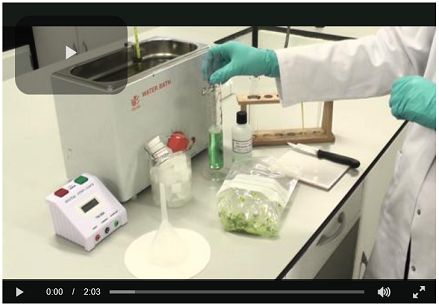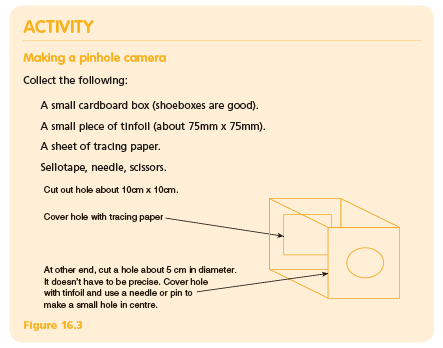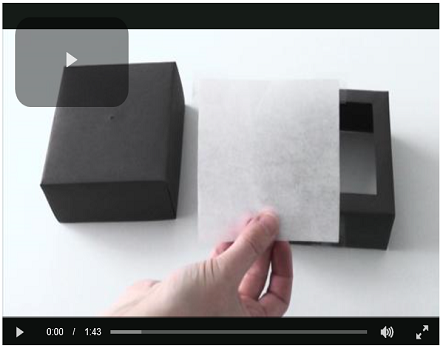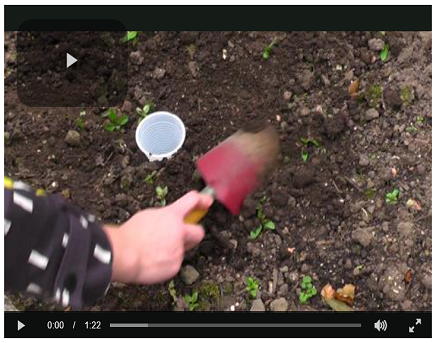You are here
Explaining Primary Science
DNA
Significant public understanding exists with regard to DNA and it is no longer regarded as ‘belonging’ to upper secondary school and university learning. It is commonly referenced material in the media and therefore public awareness is high. Promoting public understanding and contributing to citizenship are important priorities in school science education.
Reproductive biology involves the production of specialised sex cells, which carry one set of chromosomes from each parent. Cell biology allows us to look at the processes that take place during the full life of the cell and the behaviour of the chromosomes during cell and tissue growth. Molecular biology allows us to scrutinise the precise chemical composition of DNA. Molecular biology, and the publication of the genomes of hundreds of organisms each year, are contributing to an intimate understanding of the way those genes work, how they are incorporated into particular organisms, and how identical genes exist in a spectrum of unrelated species. This not only provides insight into the way genes work, it also permits speculation into how these may be modified or adapted, and this is especially important with regard to inherited diseases. This is currently the ‘hottest’ area in modern life science.
Why not try these simple classroom activities to explain DNA in the primary Classroom. Watch the video to see how to extract DNA from a Kiwi fruit.
 |
 |
Light and how we see things
We see objects because light is shone upon an object and some of that light energy is absorbed and some is reflected from the object. This reflected light is generally reflected in all directions. The reflected light reaches our eyes; we recognise the size and shape of the object and can then identify the object.
Our eyes are very sensitive, complex and fragile organs. They ‘collect’ light from our environment, limit the amount or intensity of that light, focus it onto a sensitive section, and then convert it into a series of electrical signals which are sent to our brain.
The front section of the eye contains the parts we can see in a mirror. This includes:
• the coloured part of the eye (the iris);
• the dark, circular part of the eye (the pupil);
• the white part of the eye (the sclera);
• a clear, curved section in front of the pupil (the cornea).
The eye operates by ‘collecting’ light which has reflected off objects. This light passes through the cornea and the lens to focus on the retina. This sends the electrical signals to the brain.
This pinhole camera activity nicely explains the process. Watch the video to see how to make it.
 |
 |
Biodiversity: Collecting Minibeasts
Collecting involves using a variety of approaches for trapping and collecting specimens and then working with two linked skills – identification and classification. Identification requires careful observation in relation to features such as shape, size, colour etc., and classification involves locating these observations to conventional groupings that have been agreed by scientific communities. Learners’ observations and descriptions require explanation (this can promote language development as well as scientific excellence), however children might need to be encouraged to make explicit their reasons for grouping/classifying as this may not happen automatically. Fresh and living material provides first-hand experiences and these should be used as much as possible. Drawings and photographs are useful secondary resources but cannot show all the significant details. A growing sense of wonder should be apparent at the variety of living things that surround us – as a teacher you should not feel threatened in the field if you are unable to answer learners’ questions on the identity of living things. It is more desirable that they should celebrate the recognition of something new (to them at least) and use available resources to make a tentative identification, or at least show it to another pupil so that they may be able to find the same thing. Encourage the widest range of observations – learners should look, smell and feel living material to extend their observations and promote description. The principal focus is to highlight the differences between major groups of living things without necessarily dwelling on scientific dogma. We suggest focusing on groups that are accessible and can be collected, observed, recorded, and returned to a suitable location such as minibeasts. The term ‘minibeast’ has no biological meaning and refers simply to any small living creature. These are generally invertebrates and as such provide opportunities for children’s learning about key biological principles. Learners are always very keen to collect minibeasts from their gardens or the playground, and as such their enthusiasm will overtake any of your own reservations – the minimal handling that is required will almost always be willingly carried out by them.
Watch the video to see how to make this pitfall trap
 |
 |
To deepen your own science knowledge and find out how to teach it creatively have a look at Explaining Primary Science, where you’ll find more activities and videos to support you.